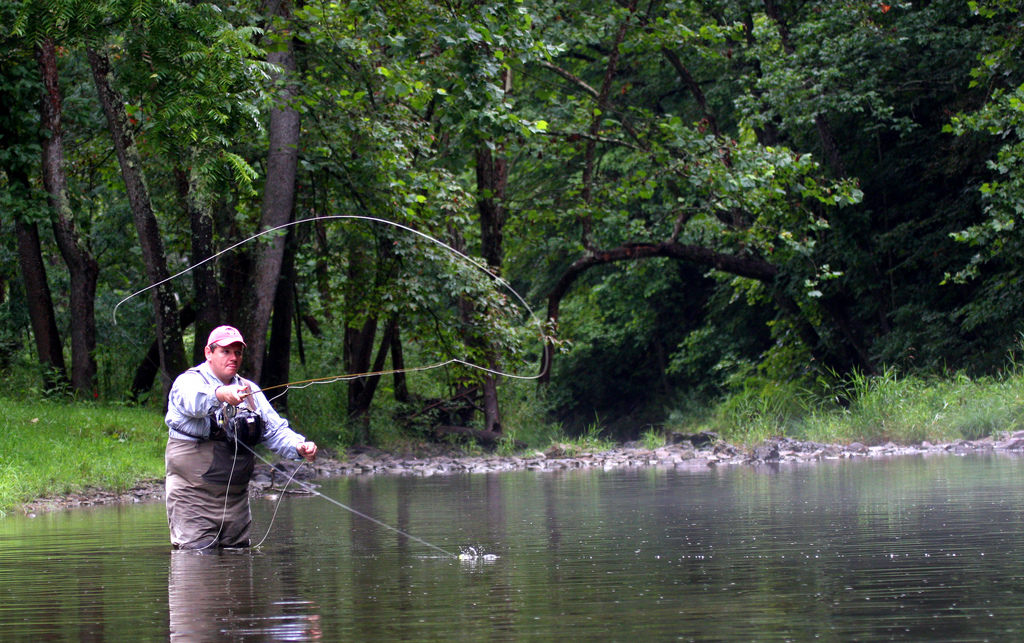How to Deal With Wind While Fly-Fish Casting

There are days when the temptation to go out and fish is just too strong. If you experience a strong craving for fly-fishing on a day when the wind is too strong, you would typically let the Nature win and try to distract yourself from your craving by indulging in some other activity. For those who are bent upon fly-fishing irrespective of the windy conditions, they will need to know how to deal with the wind and have a great time fishing. Preventing the strong wind from affecting the casting of the fly line is one of the most important things that they need to learn in order to successfully fly-fish in windy conditions.
Instructions
-
1
The first thing that you should try to do before casting the fly line is to try getting out of the wind. Wind is always going to be a nuisance and therefore it is best to look for a spot where it is relatively less windy. You will need to scout the area a bit to locate a spot where the speed of the wind will be not as much as it is in other areas. Try going around the river bend or the opposite shore in order to get out of the wind. You can alternatively look for a spot that has a large tree. The tree may serve as a shield against the wind.
-
2
If getting out of the wind is not an available option, then you access the wind and determine the direction in which it is blowing. In case the wind is blowing in your direction, you will not have any trouble with the back cast, but if you are looking to make a forward cast, you will have to put in more force. While casting the fly line, rotate your arm all the way to 90 degrees instead of stopping at 45 degrees, which is where you would stop in normal conditions, i.e. when it is not windy. The extra rotation of the arm will allow you to put in more force in your cast, thus carry the fly line farther against the wind.
-
3
If the wind is blowing away from you, then you will not have any trouble with the forward cast. However, the backward cast will not become a problem. You will need to rotate your arm further to add more force in the backward cast, which will consequently enable it to travel further against the wind.
-
4
In case of crosswinds, you will have to rotate the arm more and cast the fly line more forcefully into the wind.
-
5
In order to reduce the impact of the wind on your fly line, make sure that the loop of the line is tight. To ensure this, cast straight instead of in an arc, keeping the wrist stiff in the process.







